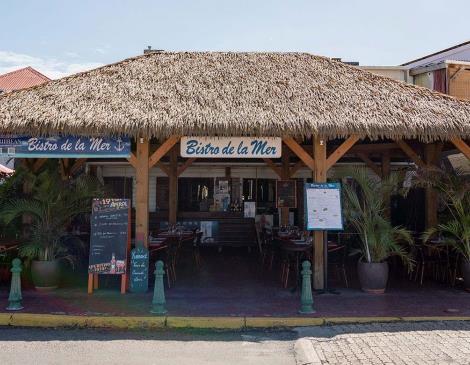MARIGOT
While there is evidence of a prehistoric human presence, Marigot’s history entered a new era in 1493 when St. Martin was discovered by Europeans. It wasn’t until the 17th century that the town became organized, and it underwent real growth in the 18th century thanks to the sugar and cotton industries, which boomed until the abolition of slavery in 1848. In the early 19th century, Marigot gradually spread out below Fort Louis as we can tell from the traditional facades on Rue de la République. Concrete was introduced into architectural practices at the beginning of the 20th century and, in 1970, part of the lagoon was filled in to allow the town’s expansion. Electrification came in 1963, and the seawater desalination plant was installed in 1965, just when the first hotels were leading St. Martin into the age of tourism. The town took on its present appearance after the backfilling of the seafront area in the 80s and 90s, and the construction of Fort Louis Marina in 1998.
Along with Fort Louis, Marigot has many features that bear witness to the town’s history, including the Catholic church (1841), the old prison and the Durat Bridge (1789), and of course the tomb of abolitionist François-Auguste Perrinon who was laid to rest in Marigot cemetery in 1861.
- English
- Spanish
- French
- Point of interest visible without visiting
- Theme(s) and category(ies) : Town, village and district
- Shop
- Bar cafeteria tea room
- Restaurant
- Independent individual tour
- Pets are welcome


